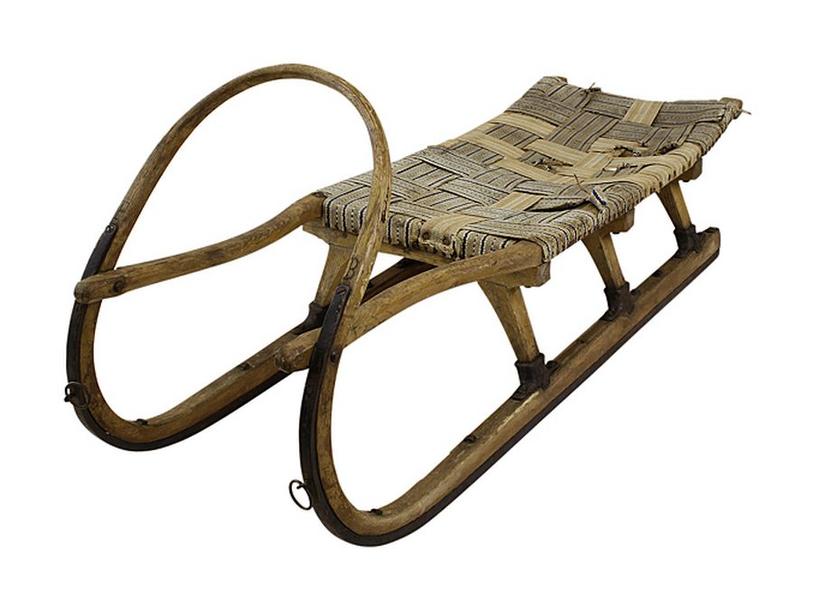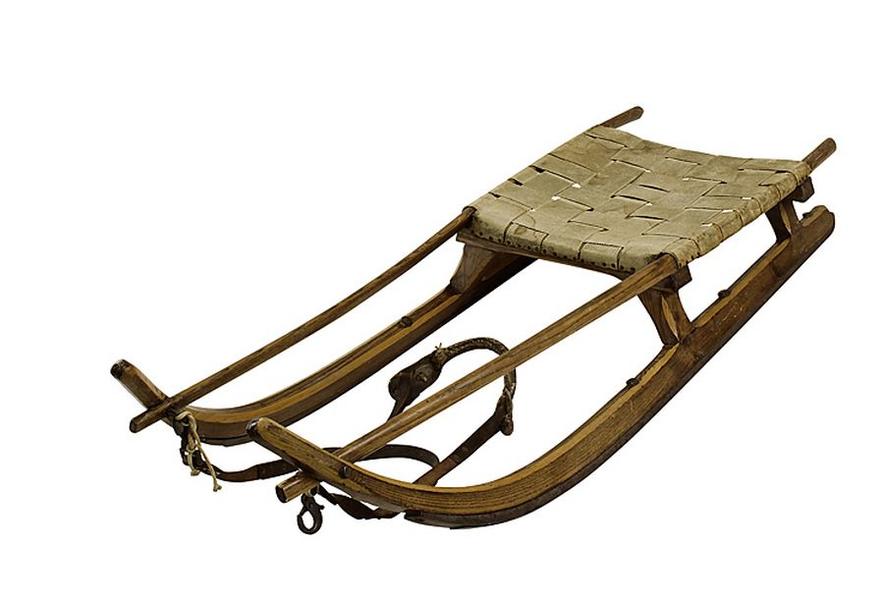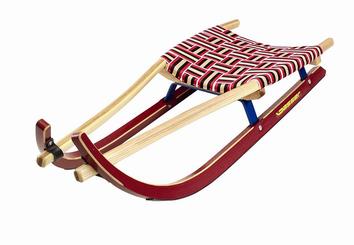History of Tobogganing
The sledge in his original occurrence possibly is the eldest of all driving vehicles. The fist evidence in the form of Sumerian pictography dates back to the third millennium before Christ.
In the second millennium before Christ, sledges were used as means of transport for stones when the pyramids in Egypt were built.
The eldest toboggans still preserved (dating back to 800) come from Norway, whereas the eldest illustrated evidence was found in Tyrol and dates back to 1400. (Castell Buonconsiglio, Trient – flat sledges carrying lumbers).
Only beginning in the 15th century artfully decorated sledges were used for amusement trips which immediately caused religious preachers to proceed against this form of luxury.
Above all the Imperial Court owned such pompous sledges, as for example Friedrich III (1470) or Maximilian I (1507). Already in the time of archduke Ferdinand II (1564-1595) sledge races were conducted.
However, at the beginning of the 17th century, winterly sledging trips were also quite popular with the wealthy bourgeois in Tyrol.
The eldest preserved sledges in the region of the Alps (Engadin and Münstertal) date back to the first half of the 18th century.
They have skids made of beef bone (shinbone) and lovely carved wooden seats.

 Deutsch
Deutsch
 Englisch
Englisch


